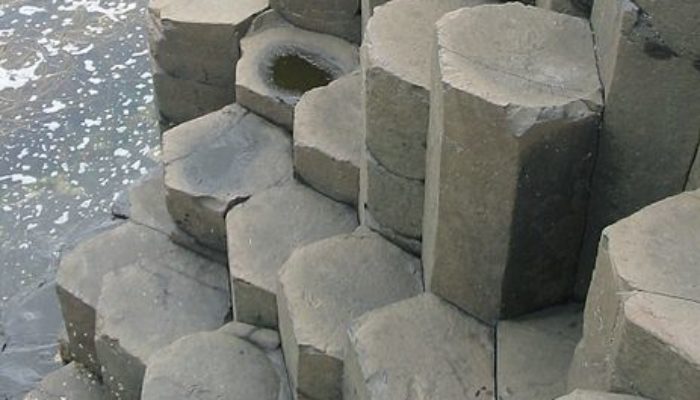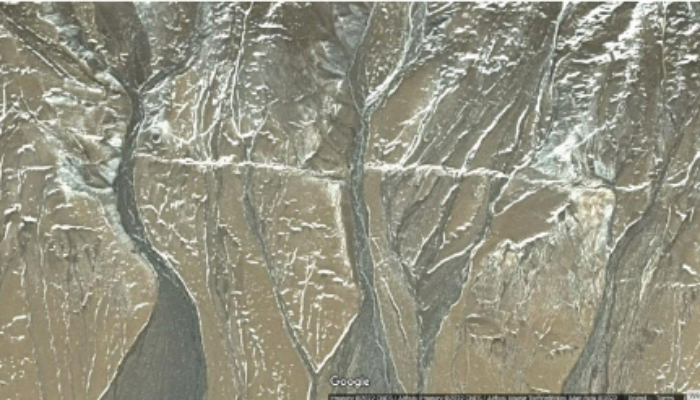This edition of ‘Features from the field’ is brought to you by Faris Beg, a masters student on the EU Erasmus Mundus Joint Master’s program in planetary geosciences—GeoPlaNet. This blog is a result of a geological field excursion carried out collectively in groups by students, organized by the GeoPlaNet consortium in Alcañiz, Spain. He will be talking about his observations and l ...[Read More]
Features from the Field: Columnar Basalts and why Hexagons are nature’s favourite shape
What does an insect eye, Saturn’s North pole, beeswax, and a rock formation called columnar basalts all have in common? They are all hexagonal in shape. Why is this the case? Hexagons are the most efficient way to fill a space with the least amount of material The science of bubbles and bubble sculptures is very interesting and I do encourage you to go check out some other blogs that talk ab ...[Read More]
Features from the Field: Dikes and Sills
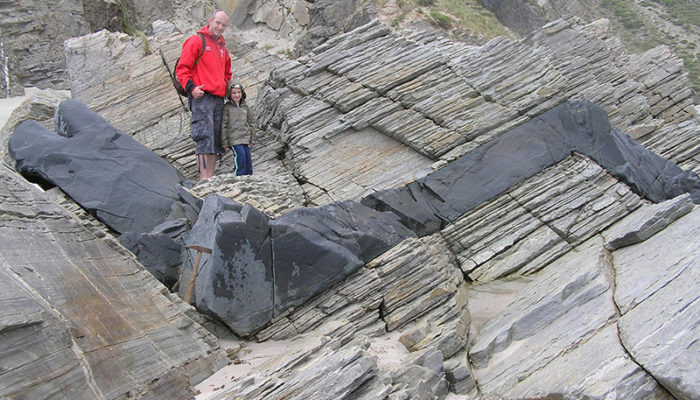
Volcanoes are everywhere along plate margins and on hot spots on the planet’s surface. Just in the past 2 years, we have witnessed enormous explosive eruptions such as that of the Hunga Tonga volcano which released an amount of energy equivalent to hundreds of atomic bombs, and massive lava flows, as at the Cumbre Vieja at La Palma, which was estimated to have a total volume of 80 million cubic me ...[Read More]
Features from the Field: Snow illuminates fault zones
This guest post was contributed by Afroz Shah who is an Assistant Professor of Structural Geology at the Department of Geosciences, Universiti of Brunei Darussalam (UBD). He has completed Ph.D at James Cook University, Australia in 2010, post-doctorate at Earth Observatory of Singapore in 2013 and joined the first academic job as a Senior Lecture of Structural Geology at Curtin Sarawak, Miri, Mala ...[Read More]
Features from the Field: Sheath Folds
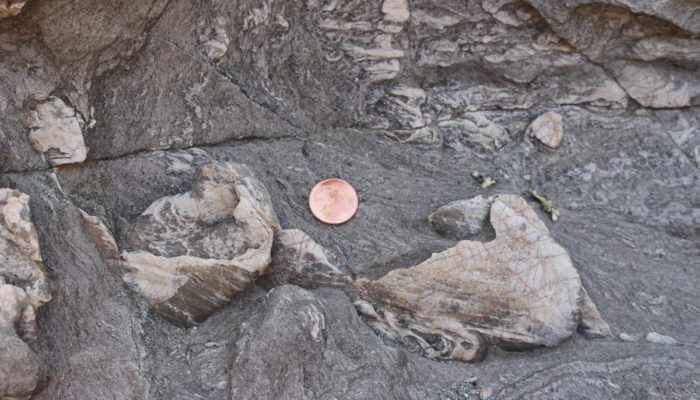
Shear zones are areas of intense deformation that localize the movement of one block of the crust with respect to another. In previous posts, we have seen that shear zones contain some very deformed rocks called mylonites, lineations that tell us the direction of movement, and useful kinematic indicators, such as S-C fabrics, that allow geologists to understand which way the rocks moved. However, ...[Read More]
Features from the Field: Stretching Lineations
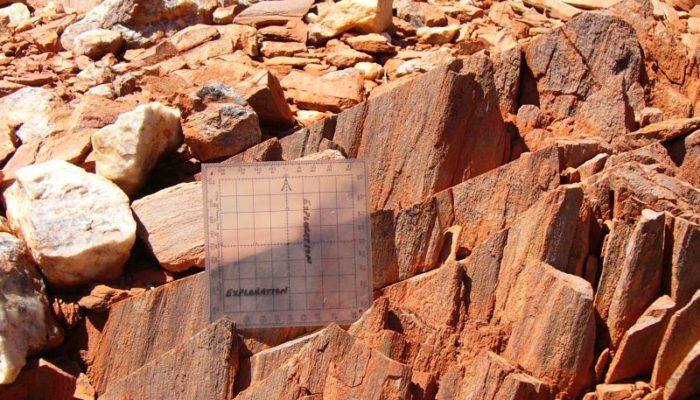
Deep beneath our feet, deformation of rocks at high temperature produces impressive structures such as shear zones, that localize the movement of two volumes of rock with respect to one another. Shear zones are strongly deformed bands with strongly foliated structures (i.e., with rocks that look like a pile of leaves) and kinematic indicators, such as S-C fabrics, that tell us geologists which way ...[Read More]
Features from the Field: S-C fabrics
As we have seen in previous Features from the field posts, structural fabrics are both informative and spectacular. But many structural geologists will list a shear zone fabric, such as mylonite, as their favourite! As Samuele, Hannah and I wrote in a previous post, shear zones are regions of intense deformation where rocks have accommodated an extremely high amount of strain and that strain has b ...[Read More]
Features from the Field: Shear Zones and Mylonites
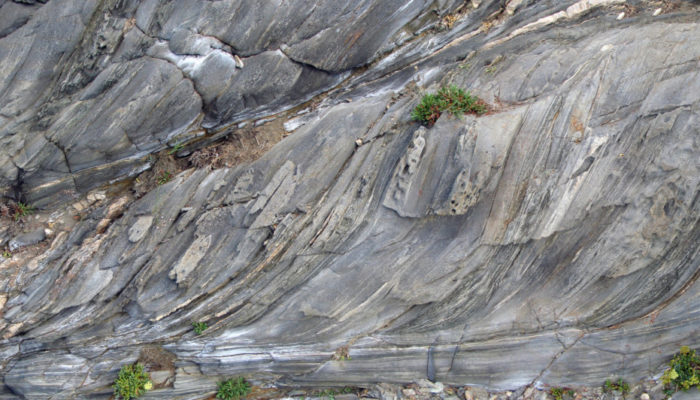
The San Andreas Fault in California, the Alpine Fault in New Zealand, or the Main Frontal Thrust in the Himalayas are some of the most famous and largest fault zones that accommodate the relative displacement between two adjacent crustal blocks. Such faults, however, represent only the shallower expression of something much bigger: a crustal shear zone. In the first 10 kilometers or so of the crus ...[Read More]
Features from the Field: Angular Unconformities

An angular unconformity is an erosional surface that truncates older, tilted sedimentary layers and that is overlain by younger layers, oriented parallel to the unconformity. The discovery and interpretation of angular unconformities, like the famous Hutton’s unconformity at Siccar Point, Scotland, marked a paradigm shift in the geological theories of the 18th century. At that time, the theo ...[Read More]
Features From the Field: Pencil Cleavage

This edition of ‘Features from the field’ is brought to you by Sandra McLaren, a senior lecturer at the University of Melbourne. She will be talking about type of rock formation called “Pencil Cleavage” so called because it looks like pencils. Sandra even has a small collection of pencil/crayon shale which is the cover image of this post. I have seen quite a range of differ ...[Read More]


